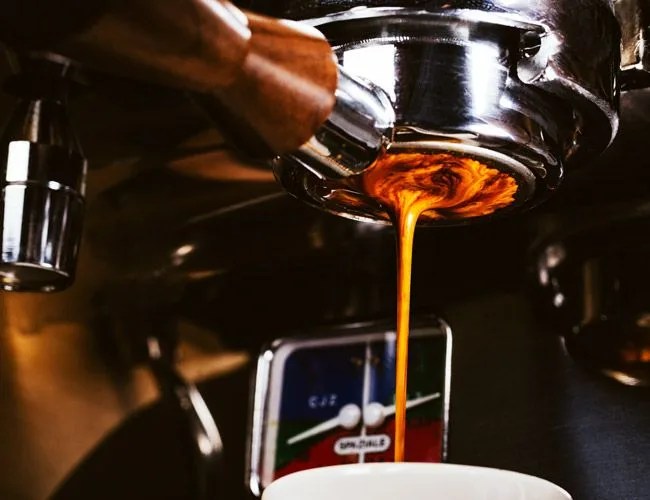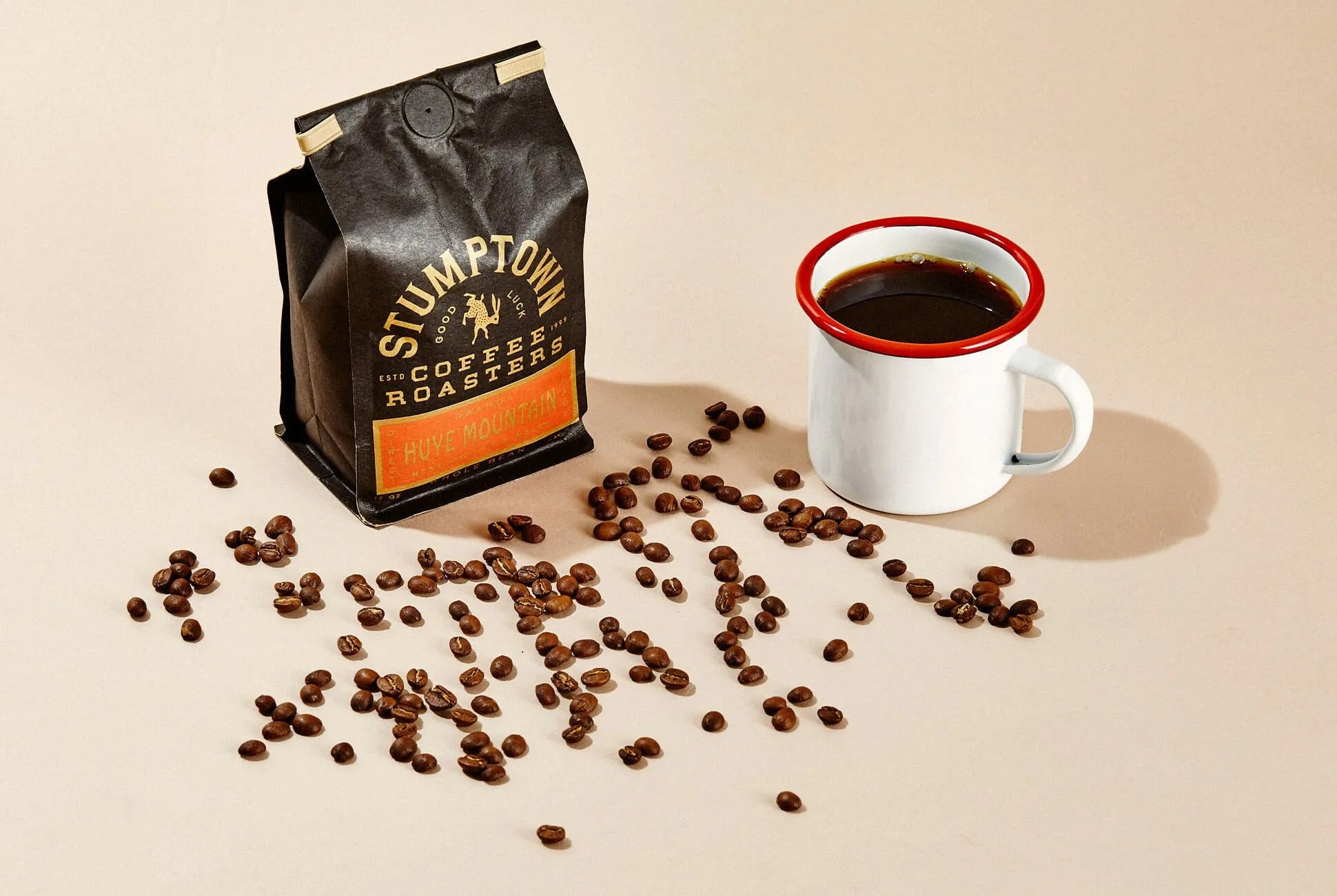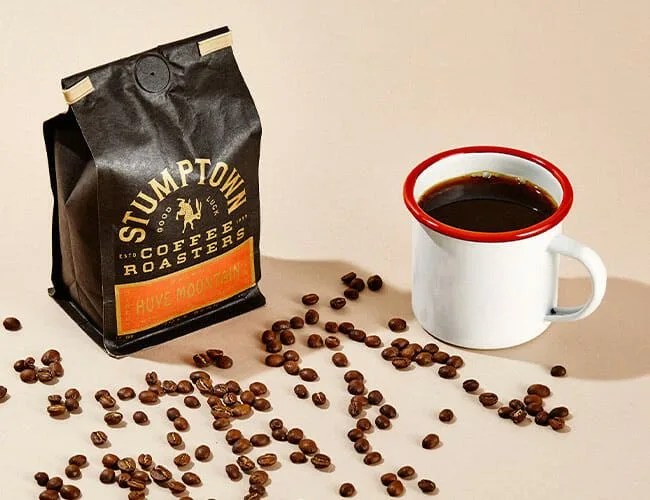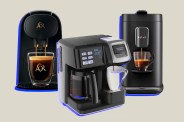Coffee is confusing. It is the seed of a fruit that grows off an exceptionally finicky plant, which itself roots in hard-to-access parts of the world. Once the seed is obtained, producers bag and freight it thousands of miles to a roaster who cooks it using a combination of math and feel. Then it is ground and brewed into coffee, both tasks that require a cupboard’s worth of gear.
What determines the quality of brewed coffee?
The reality, however, is that your gear controls very few of the variables that determine the quality of this coffee.

At the end of the day, there are really three variables to keep in mind: your grinder and grind level; the brewing style; and when it is you brew that seed into something drinkable. The latter is easiest to gloss over — and according to Peter Giuliano, the Chief Research Officer at the Specialty Coffee Association, perhaps the most misunderstood.
“There isn’t a perfect, catch-all way to describe how long coffee is going to be good.”
“There isn’t a perfect, catch-all way to describe how long coffee is going to be good for because there are far too many variables to consider,” Giuliano said. But there are still some general guidelines everyone can keep in mind.







